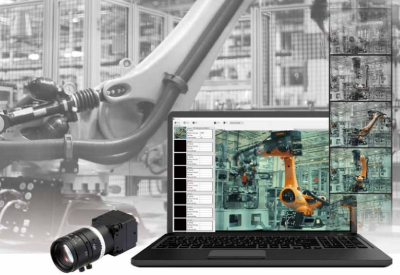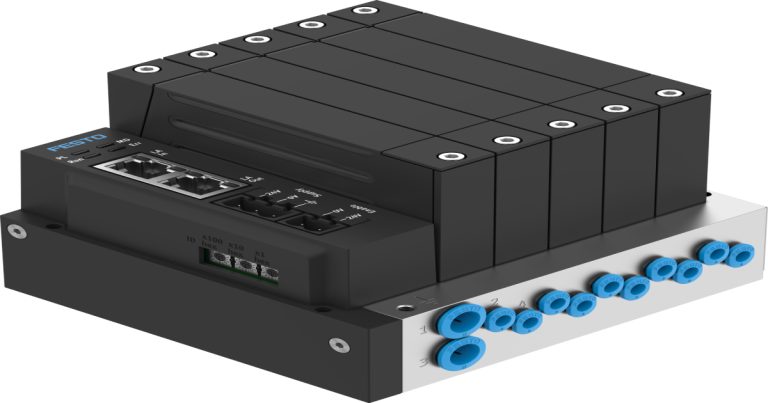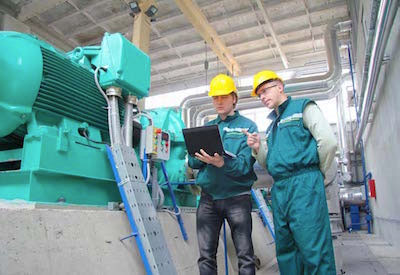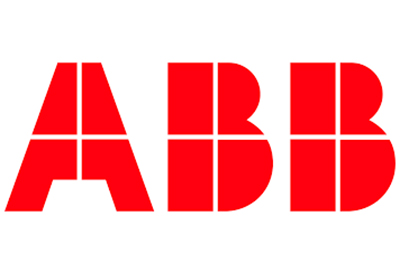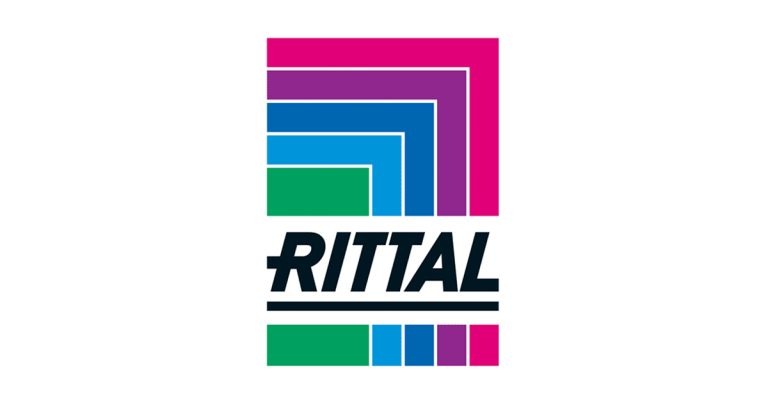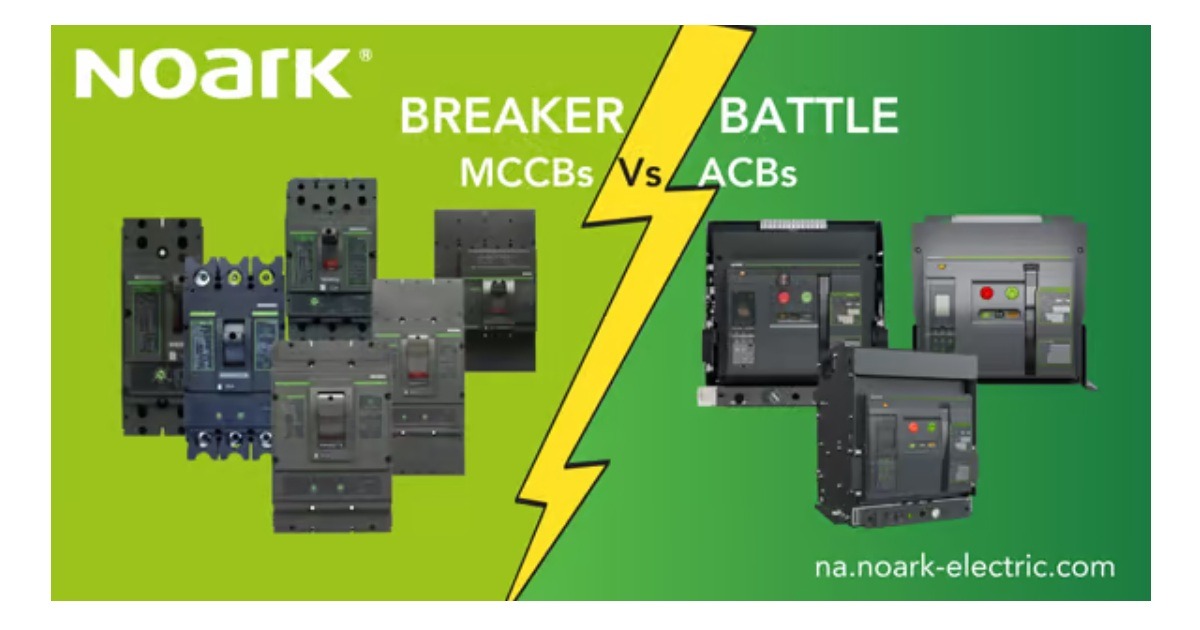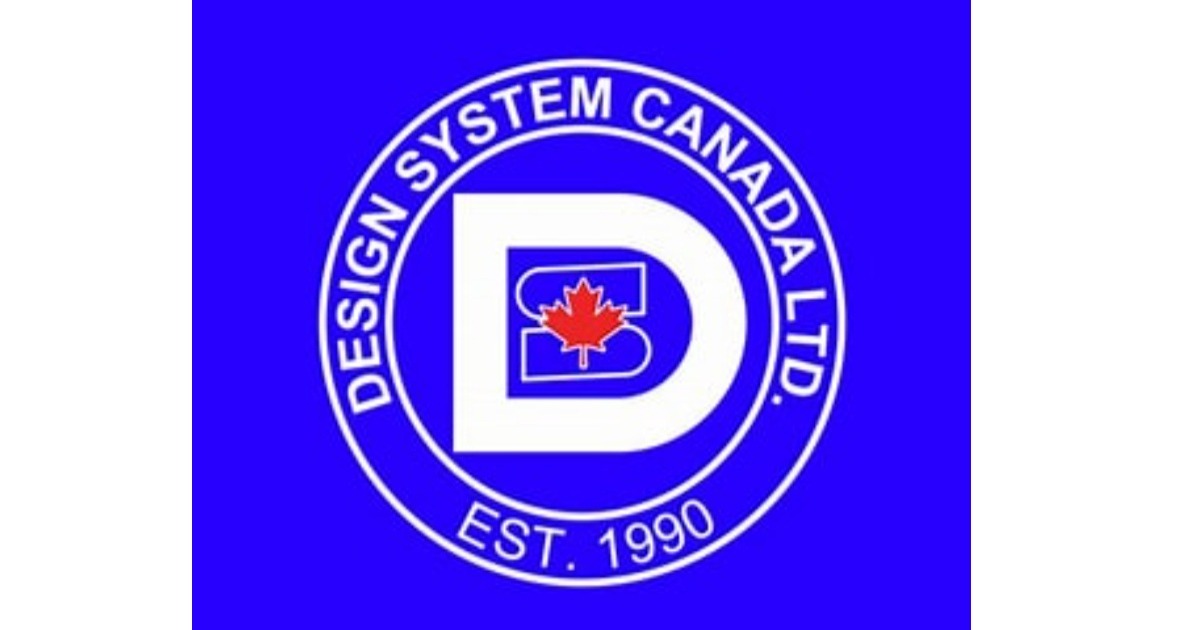Reduce Downtime with Performance Dashboards

July 31, 2019
What difference does one percent make? While the incremental change might not seem like much, a one percent improvement for an industrial producer can contribute a million dollars to the bottom line.
What’s usually on a company’s mind when making this incremental change is uptime and downtime, standard measures of machine or line performance. Beyond this initial agreement, however, global brands and niche players often have particular ways of quantifying these measures and identifying the responsible sources of data.
Part of the challenge is the sheer number of software applications that promise to help improve some aspect of production. By not starting with the bigger picture of how a facility is performing, actual improvements might not have the impact that’s expected.
One solution includes monitoring overall equipment effectiveness (OEE) in a performance dashboard. By creating OEE reports that can establish baselines, users can begin to digest their data in order to take action.
Organization for identifying growth opportunities
Understanding OEE helps improve productivity goals by organizing the data relevant to facility performance. The value of a performance dashboard, after all, is the transparency it provides into operations.
The first step toward making dashboard data meaningful requires teams to consider how they’re calculating OEE. Dashboards simplify this effort by packaging data from various sources into one tidy package. Not only does the dashboard make data accessible, it also provides more than mere calculations and organizes the data in graphs and charts. These layouts make insights more visible and actionable.
With a consistent collection of data, users can use current OEE benchmarks to set downtime elimination goals and to monitor performance improvements over time. For production managers, it’s important to know the total amount of time a machine is down and repair time.
How to solve performance problems
Performance dashboards help users accomplish more in less time by providing the OEE information users need to determine whether their plant is as productive as it could be. What does a performance dashboard look like? Layouts vary, but we’ve learned users benefit most when OEE is broken down by availability (Ar), performance (Pr) and quality (Qr).
Not all performance dashboards provide segmented measurements, so if you want a cohesive view of OEE, it’s important to find one that offers this capability. A comprehensive view helps to ensure all three elements of OEE are detailed.
For example, if you’re only monitoring quality, your production will likely suffer because you’re too focused on maintaining high quality. But a focus on quality can result in running machines slower, decreasing productivity. Since every facility has production goals, slower production can result in operators working during the weekend when machines are normally scheduled for maintenance. The unintended consequences can go on and on.
Meanwhile, operations managers can use performance dashboards to keep a close eye on OEE. When they notice OEE is suffering, the manager will likely call up the production manager and ask why the machines aren’t running at capacity. From there, the product manager will go out and solve the performance problem by collecting data, increasing to max capacity, collecting more data, and checking for trends and insights. This process increases collaboration and helps the team achieve peak performance.
Create solutions with actionable data
When customers call with downtime challenges, they are shown how performance dashboards like the one above can help improve daily operations. Access to deeper levels of data helps customers focus on what’s meaningful based on their role, needs and more.
Most customers look at their data and feel they don’t have anything of value, but by creating a performance dashboard, Rockwell’s support staff can go in and identify your top-50 issues. Then they can team up with you to eliminate your top-five issues and so on until 50 becomes zero. FactoryTalk InnovationSuite, powered by PTC, is one example of how new software solutions make data more accessible than ever.

